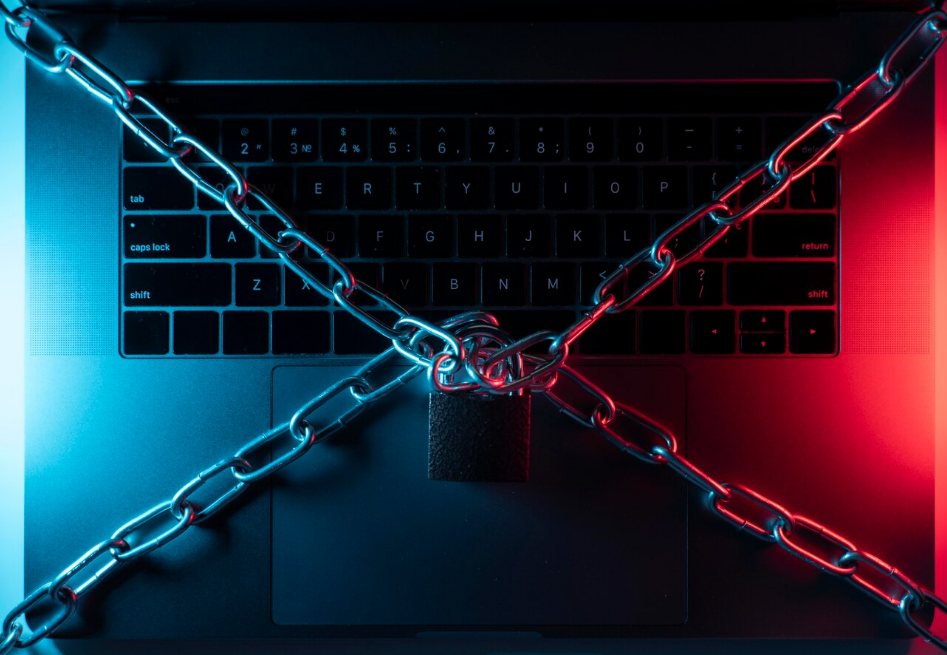Technology alone cannot safeguard organizations from the ever-evolving landscape of cyber threats. Despite billions of dollars invested in sophisticated security tools and infrastructure, human factors remain the most critical variable in cybersecurity success or failure. The most advanced firewalls, intrusion detection systems, and artificial intelligence-powered security solutions can be rendered ineffective by a single employee clicking on a malicious link or inadvertently sharing sensitive information. Recognizing this reality, forward-thinking organizations are investing heavily in cultivating cybersecurity-conscious cultures where every employee understands their role in protecting organizational assets.
The human element in cybersecurity encompasses far more than traditional security awareness training. It involves creating an organizational culture where cybersecurity becomes an integral part of daily operations rather than an afterthought or burden. This cultural transformation requires sustained commitment from leadership, comprehensive education programs, and systems that make secure behaviors easier than insecure alternatives.
Understanding the psychology behind cybersecurity behaviors is crucial for developing effective cultural change initiatives. Employees often view security measures as obstacles to productivity rather than essential protections. This perception creates natural resistance to security policies and procedures, leading to workarounds and risky behaviors that compromise organizational security.
Successful cybersecurity cultures address these psychological barriers by demonstrating the value of security measures and making compliance as seamless as possible. Social engineering attacks specifically target human psychology, exploiting cognitive biases and emotional triggers to manipulate victims into compromising security. These attacks have become increasingly sophisticated, with attackers conducting extensive research on targets and crafting highly personalized approaches that are difficult to recognize as malicious.
Traditional security awareness training that focuses on recognizing obvious phishing attempts is insufficient against these advanced social engineering techniques. Leadership involvement is perhaps the most critical factor in establishing a cybersecurity- conscious culture. When executives demonstrate genuine commitment to cybersecurity through their actions and decisions, employees understand that security is a genuine organizational priority rather than mere compliance theater. Leadership commitment must be visible and consistent, including appropriate budget allocation for security initiatives, personal participation in security training programs, and clear communication about the importance of cybersecurity to organizational success.
Effective employee training programs must go beyond annual compliance requirements to provide ongoing, engaging education that evolves with the threat landscape. Interactive training approaches that use gamification, simulation exercises, and real-world scenarios tend to be more effective than traditional lecture-based presentations. Phishing simulation programs, when implemented thoughtfully, can help employees recognize and respond appropriately to social engineering attempts while providing valuable feedback for improvement.

Creating positive reinforcement systems that recognize and reward good cybersecurity behaviors helps establish security as a valued organizational competency rather than a burden. Organizations should celebrate employees who report suspicious activities, follow proper security procedures, or contribute to security improvement initiatives. This positive approach contrasts sharply with punitive cultures that blame individuals for security incidents, which often lead to underreporting and defensive behaviors that actually increase security risks.
Communication strategies play a vital role in building cybersecurity awareness and engagement. Security teams must translate technical concepts into business language that resonates with employees across different roles and departments. Regular communication about emerging threats, security successes, and the business value of security investments helps maintain awareness and demonstrates the ongoing relevance of cybersecurity efforts. Measuring the effectiveness of cybersecurity culture initiatives requires both quantitative and qualitative assessment approaches. Metrics such as phishing simulation success rates, security incident reporting volumes, and compliance audit results provide objective measures of security behavior. However, cultural assessment surveys, focus groups, and behavioral observations offer deeper insights into employee attitudes, motivations, and barriers to secure behavior.
Integration of security considerations into business processes ensures that cybersecurity becomes a natural part of organizational operations rather than an external imposition. This integration includes incorporating security requirements into project planning processes, vendor evaluation criteria, and performance management systems. When security becomes embedded in standard business practices, employees develop security-conscious habits that persist even as threats and technologies evolve.
The measurement and continuous improvement of cybersecurity culture requires ongoing attention and adaptation. Organizations should regularly assess the effectiveness of their culture initiatives through employee surveys, security incident analysis, and behavioral observations. This feedback enables continuous refinement of training programs, communication strategies, and organizational policies to maintain an effective cybersecurity- conscious culture in the face of evolving threats and changing business requirements.



















